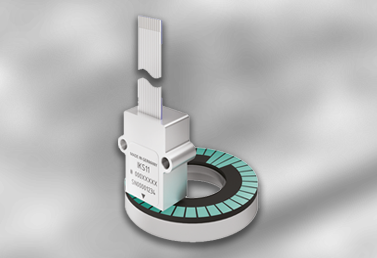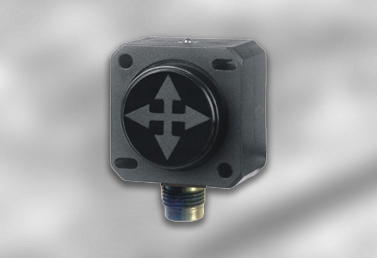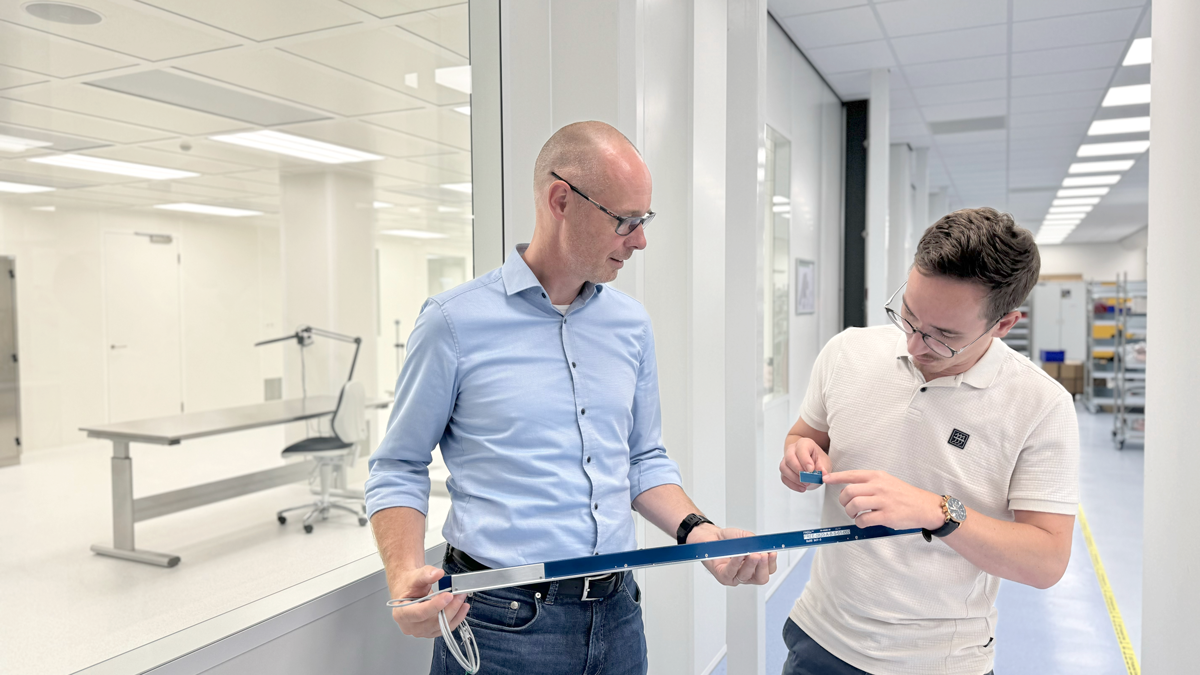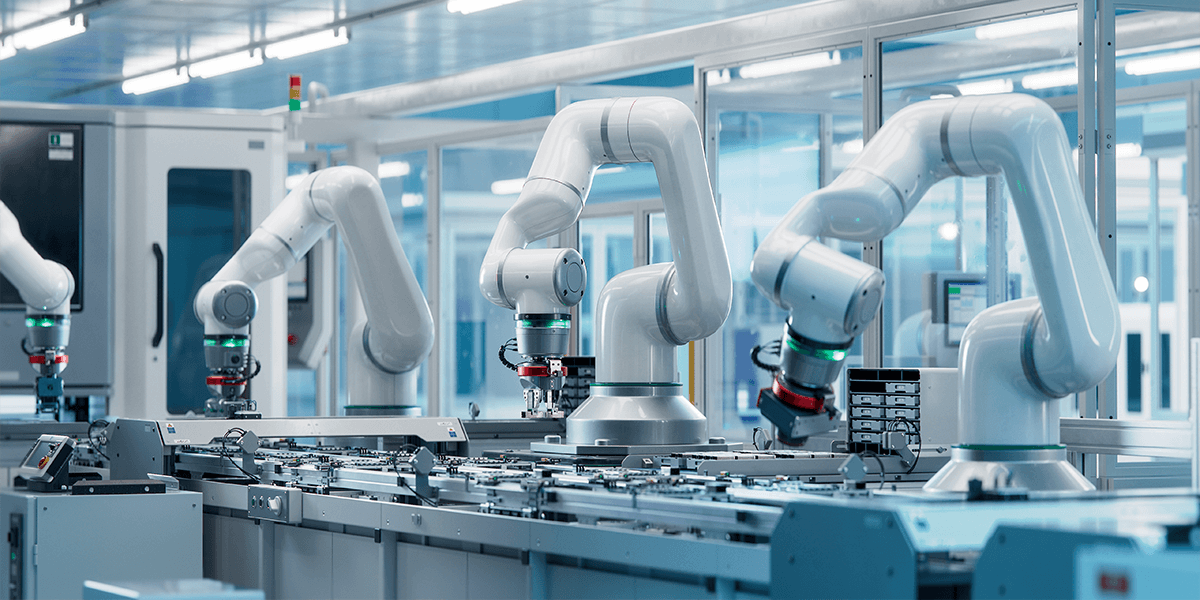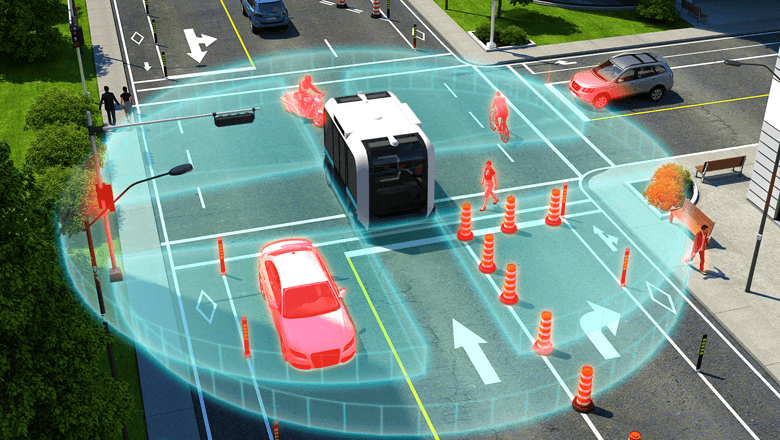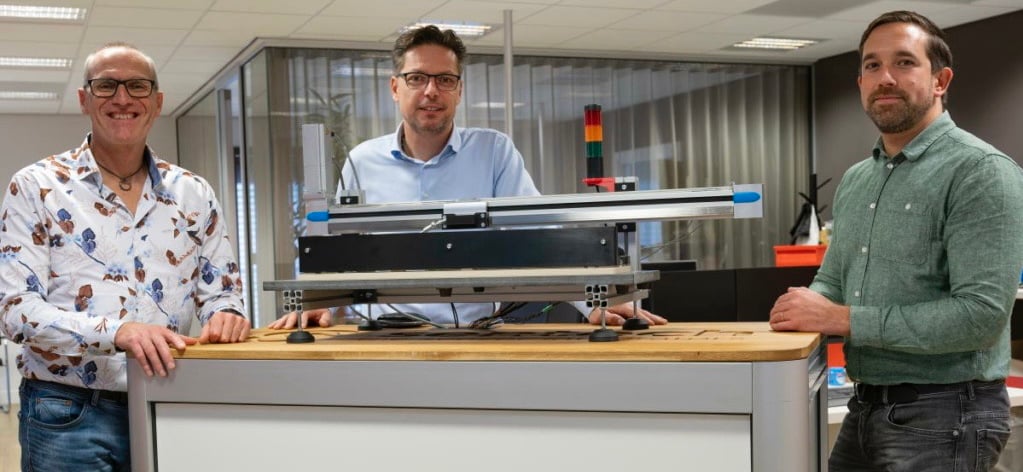Angle and inclination sensors
A rotary encoder is usually used in the shoulder, elbow and wrist joints of a robot arm, for example, so that the position and orientation of the gripper or other end-of-arm tool can be determined accurately. Here, hollow-shaft encoders are becoming more popular, as all the cables and connections can be neatly concealed and no unreliable sliding contacts are necessary.
Environmental requirements
As with many other sensor applications, the environment plays a key role when deciding on the best technology to use for angle sensors. For example, will the sensor be placed near droplets of liquid or magnets? Or is dust, sand or another type of dirt an issue, such as in military applications?
The measurement speed required depends on what you do with the sensor output. Will the signal be used as the input of a controller, for example? Do you require absolute measurements or incremental measurements? Is a hollow shaft necessary, or can you simply measure on the front side of a shaft? And how big can the sensor be? Rotary encoders are now available in microchip format. These are ideal for applications where space is limited and components need to be as small and lightweight as possible, such as in medical robots.
Need some help?
Our sensor database only lists a selection of the sensors available. There are so many different technologies and manufacturers that our online sensor database can never be 100% complete. If you can’t find what you’re looking for, or you have a question, send an e-mail to our sensor experts. We’ll gladly help you with your search.

